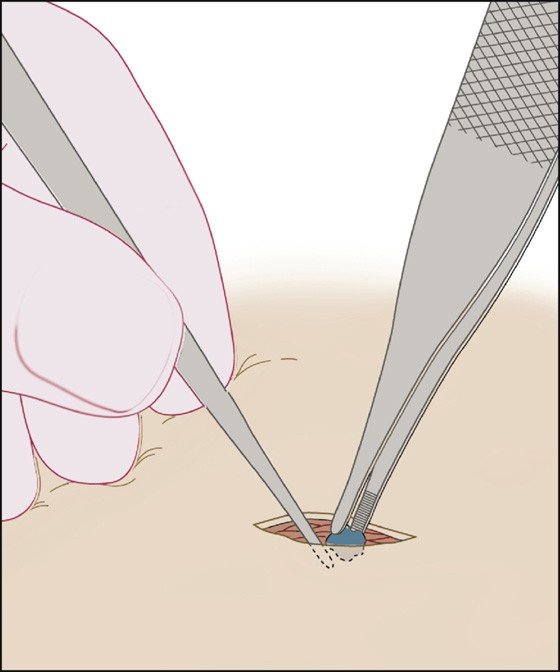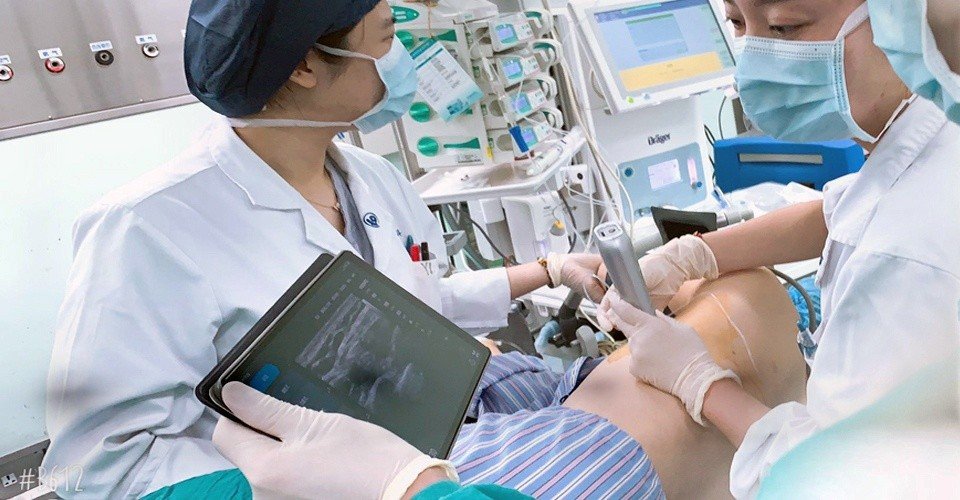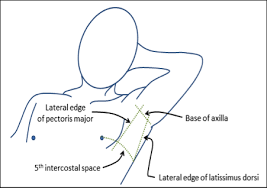
Soft Tissue Foreign bodies Ultrasound
Penetrating injuries and suspected retained foreign bodies are a common reason for emergency department visits. Sonography is a useful modality in detection and localization of radiolucent foreign bodies in soft tissue which can avoid misdiagnosis during primary emergency evaluation. Ultrasonography (US) allows detection of a variety of soft-tissue foreign bodies,








